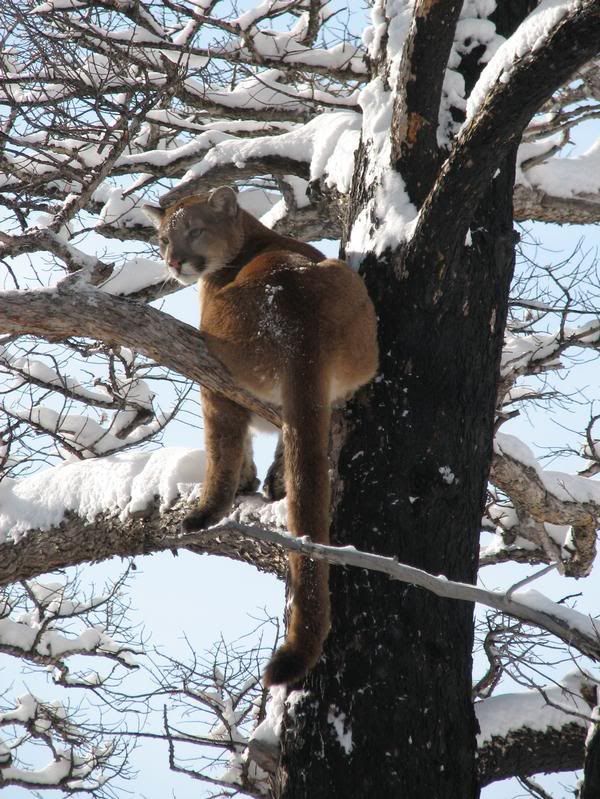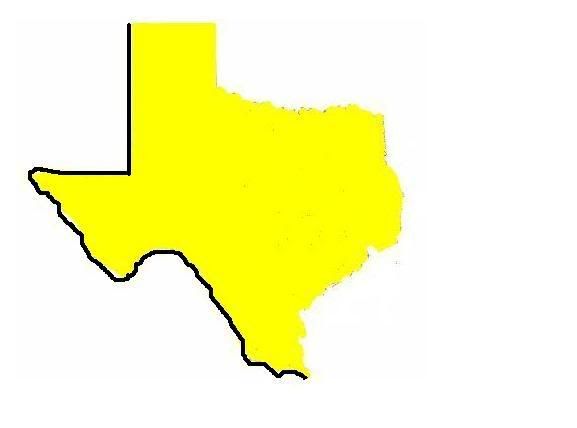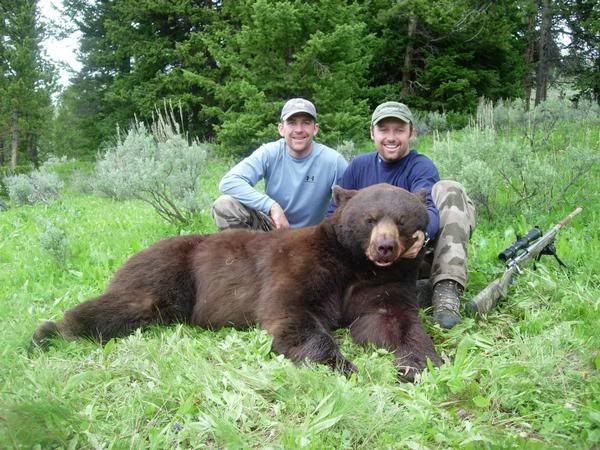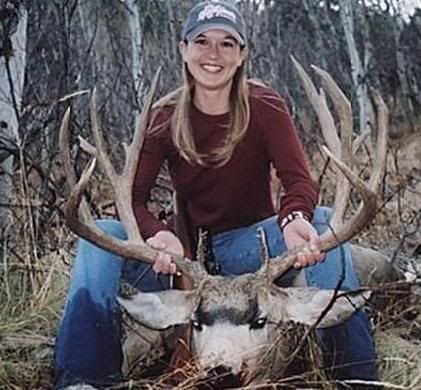
Have you ever wondered what “balance between predator/prey populations” actually means? It means that predators kill all the surplus prey each year without anything left over for humans. Below is Wyoming’s Lion Management Plan:
—————————————–
EXECUTIVE SUMMARY
 The goal of mountain lion management in Wyoming is to sustain mountain lion populations throughout core habitat at varying densities depending on management objectives to provide for recreational/hunting opportunity, maintain ungulate populations at established objectives or in line with current habitat conditions, and minimize mountain lion depredation to pets and livestock and reduce the potential for human injury.
The goal of mountain lion management in Wyoming is to sustain mountain lion populations throughout core habitat at varying densities depending on management objectives to provide for recreational/hunting opportunity, maintain ungulate populations at established objectives or in line with current habitat conditions, and minimize mountain lion depredation to pets and livestock and reduce the potential for human injury.
The intent of this document is to provide guidelines to direct future management efforts for mountain lion populations in Wyoming and not to specifically address local management issues throughout the state; a process that occurs during the 3 year season setting process, when hunt area specific data are presented in the annual mountain lion mortality summaries. The management approach addressed in this document favors an adaptive management process where management objectives are established based on local biological and social conditions and modified/adapted over time relative to management criteria suggesting whether or not objectives have been met, to achieve balance between predator and prey populations, and address changing social factors related to depredation incidents and human-mountain lion interactions.
Core occupied habitats for adult mountain lions during the winter will be delineated statewide to evaluate impacts from the density of human-caused mountain lion mortalities and to evaluate potential impacts from future development projects. Local (by hunt area) and regional (by Mountain Lion Management Unit-LMU) management objectives will be developed and evaluated based on harvest data. A source-stable-sink adaptive management approach will be applied evaluating (1) density of human-caused mortalities, (2) sex-age composition of mountain lion harvest focusing on relative proportion of adult female harvest, and (3) the relative age of harvested adult females.
Hunt area management objectives will be based on Regional desires to meet localized situations relative to maintaining low population densities (sink), stable population densities, or to maintain areas with low mountain lion mortality to serve as source areas for mountain lion dispersal into areas experiencing negative population growth (sink areas). Sink management will be applied to maintain low mountain lion densities in areas experiencing high nuisance incidents (livestock depredation, human-lion interactions) and areas where ungulate populations are believed to be depressed primarily due to mountain lion predation; stable management objectives will be implemented to sustain long term hunting opportunity; and source management objectives will be applied to areas where nuisance incidents and predation impacts to prey populations are not an issue. Management objectives at the LMU level will strive for a combination of source, stable, and sink management that will allow for the department to sustain mountain lion populations throughout core habitat at varying densities depending on management objectives.
Status of representative source areas will be periodically evaluated to verify that these areas are functioning as source areas for mountain lion dispersal using monitoring.
techniques that can be reasonably applied relative to Department budget constraints. Success of sink management to address nuisance incidents or predation pressures on ungulate populations will be evaluated over time following the adaptive management process outlined in this plan. Similarly, mountain lion population monitoring criteria will be evaluated and modified as information becomes available addressing the utility of the proposed criteria in defining source, stable, or sink mountain lion habitats.
Hunting season structure will be based on mountain lion mortality quotas. Mortality quotas will be established for each hunt area, and the hunting season will be closed when the quota has been met. Most of the hunting seasons will run from September 1 through March 31, with the exception of a few hunt areas with chronic livestock depredations. Hunting with hounds will continue to be allowed. Hunters shall present the pelt and skull of harvested mountain lions to Department personnel within 72 hours of harvest so specific data can be recorded. These data will be used to determine the management status, age and sex structure of harvested mountain lions, distribution of mortalities, hunter effort, hunter success, and to account for and set future mortality quotas. Mortality quotas will be established every 3 years to allow sufficient time to reach management objectives and to permit adequate analysis of potential impacts of specific harvest quotas. The process by which these 3-year mortality quotas are set includes annual data analyses and summary by the Trophy Game Section, internal review and recommendations at the regional level, public review of the recommendations, and final approval by the Commission.
The Department will continue to use a variety of options ranging from no action to lethal removal, which will be assessed on a case-by-case basis, to address mountain lion depredation on domestic livestock and pets and mountain lion/human interactions. All management actions and responses will be documented for future evaluation.
Adaptive management will be implemented to address short and long-term management needs where appropriate, and additional research efforts will be conducted to address other management priorities as funds become available relative to other Department priorities.
A previous draft of this management plan was revised based on comments received from 4 peer reviewers and 73 separate public comments. We thank Brad Compton, Idaho Department of Fish and Game, Fred Lindzey, Wyoming Cooperative Fish & Wildlife Research Unit-retired, Ken Logan, Colorado Division of Wildlife, Dale Strickland, Western Ecosystems Technology, Inc, Cheyenne, WY, and members of the public submitting comments for suggestions on improving this management plan. Comments from peer reviewers were evaluated and most have been addressed throughout the revised document. Comments concerning various aspects of the proposed plan (e.g. surveying all mountain lion license holders for hunter effort data, educating hunters about sexing lions in the field, including all human-caused mortality towards quotas, oppose sink management every 3 years, balance source-sink management and reducing the reporting period for harvested lions to 48 hours) were addressed and included in the plan for consideration by the Commission.
• The Department will continue to update and expand, where feasible, information and education efforts across the state including development of a website to educate hunters on sexing mountain lions in the field, and periodically conducting public attitude surveys of Wyoming residents.
• The Department will begin to survey all mountain license holders to enhance the management database.
• All human caused mountain lion mortalities will be counted towards quotas.
 I put the cat in the crosshairs and squeezed off my last round, he did not flinch. I thought I had missed him. I sat still for a little while and then I yelled at the cat to see if he was still alive, I got not reaction. I climbed down from my stand and approached the two animals in the field. The Bobcat still had a death grip on the doe and was looking right at me as I approached, with an empty gun. What I saw amazed me. The Bobcat was stone cold dead but he still maintained his grip on the doe. I called everyone at camp to come look and take pictures. When it was time to load the doe in the truck we had to load both the doe and the bobcat because I could not separate them.
I put the cat in the crosshairs and squeezed off my last round, he did not flinch. I thought I had missed him. I sat still for a little while and then I yelled at the cat to see if he was still alive, I got not reaction. I climbed down from my stand and approached the two animals in the field. The Bobcat still had a death grip on the doe and was looking right at me as I approached, with an empty gun. What I saw amazed me. The Bobcat was stone cold dead but he still maintained his grip on the doe. I called everyone at camp to come look and take pictures. When it was time to load the doe in the truck we had to load both the doe and the bobcat because I could not separate them. 
 The goal of mountain lion management in Wyoming is to sustain mountain lion populations throughout core habitat at varying densities depending on management objectives to provide for recreational/hunting opportunity, maintain ungulate populations at established objectives or in line with current habitat conditions, and minimize mountain lion depredation to pets and livestock and reduce the potential for human injury.
The goal of mountain lion management in Wyoming is to sustain mountain lion populations throughout core habitat at varying densities depending on management objectives to provide for recreational/hunting opportunity, maintain ungulate populations at established objectives or in line with current habitat conditions, and minimize mountain lion depredation to pets and livestock and reduce the potential for human injury.
 A herd of does bounced away through the junipers. For the rest of the winter, coyotes will be following the deer, antelope and elk herds, preying on the less-experienced fawns and calves.
A herd of does bounced away through the junipers. For the rest of the winter, coyotes will be following the deer, antelope and elk herds, preying on the less-experienced fawns and calves.



